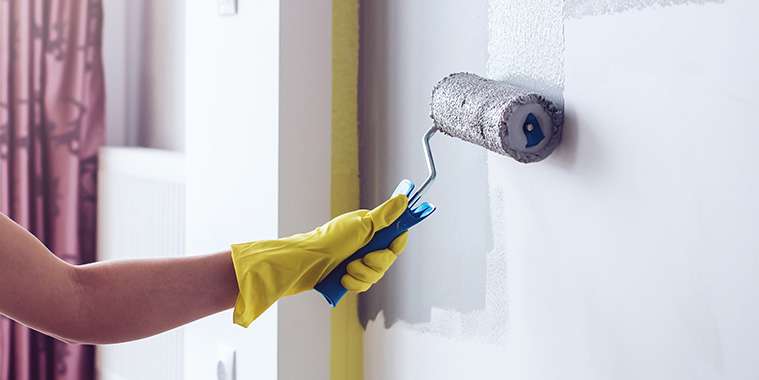Have you ever heard that phrase “a stitch in time saves nine?” Well it applies nowhere better than in the real estate sales process, especially when you have a REALTOR® on your team.
Of course, your ultimate goal is sell your home for its maximum value. But in trying to take shortcuts on upfront costs, sellers run the very real risk of shortchanging themselves.
Here are six costly mistakes sellers often make:
1. Using cheap and inferior finishes
There is nothing worse than a bad remodeling job. If it can’t be done right, it is better to leave it alone for the next person.
Buyers and agents see right through attempts to put frosting on a bad cake to make it look “pretty” — especially when they see the handiwork up close.
Cheap laminate or vinyl plank flooring being passed off as “wood,” homegrown paint jobs on grainy oak cabinets, “faux” granite counter tops and partially updated appliances most often don’t translate into top dollar for a seller.
2. Not replacing older systems
A seller might think it is totally acceptable to sell a home with an original roof, home ventilation and air conditioning (HVAC) system or a water heater.
After all, that’s for the next buyer to deal with, right? Think again.
A seller can expect to account for these deficiencies when either the home is shown with no offers, an offer is made reflective of these items that need to be replaced or once the home inspection happens, the buyer wants to renegotiate the entire transaction because of it.
What’s even worse is the potential for the deal to fall apart because the buyers start to get cold feet and feel as if they are buying a money pit — and walk away.
Now the seller has to deal with these issues as they are likely to come up again for the next buyer, which might entail them having to replace the items to get the home sold. This has the potential to jinx the momentum of the sales process — and result in a lower sales price.
3. Selling a home with anticipated deal-breakers
Homes with original wiring like aluminum or knob-and-tube, pipes that are polybutelene or copper worry buyers; these features can make it more difficult to obtain home insurance, and when they can, it’s more expensive.
The same is true for unpermitted structures on properties. Sellers can’t guarantee that they’re safe. That leaves the buyers with the uncertain prospect of either having to remove or take responsibility for those structures.
Either way, it adds an uncomfortable level of uncertainty to the transaction for the buyers and the prospect of unknown and significant future costs.
The only way to make it right may be to remove or undo it. The extra square footage and/or value the seller was hoping to derive from that structure cannot be guaranteed if it’s not permitted.
4. Being reluctant to negotiate or turning down offers
Sellers who either reject or won’t negotiate an offer often sell for much less later. We call it the $20,000 rule. There have been transactions that fall apart when both parties were literally around $20,000 apart in a negotiation.
Neither side was willing to budge. The sellers felt they were giving the house away, and the buyers felt their number was the max they were willing to pay for the house based on what it was and what it had.
Who really wins? The buyer who can go out and find another home. The seller has the ongoing carrying costs plus negotiating with another buyer.
5. Overpricing
This tactic can be a deadline sin. Overpricing is sure to alienate and discourage buyers from either looking at and making an offer.
This often old-school approach of “they can always make an offer” is outdated thinking and won’t produce the intended result. Buyers and agents will avoid the home and simply won’t show it.
By the time the sellers start to believe the reality, six months have passed and they have lost critical timing and are chasing the market. In the meantime, better inventory that is well-priced is available that buyers are choosing over an overpriced property with an unrealistic seller. Your REALTOR® will have the best information you need for pricing your home.
6. DIYing home repairs
Some sellers like to do their own repairs and improvements because there isn’t a contractor out there who could possibly build or fix something the way they do. That is all fine, until it comes time to sell their house.
Expect those items to be called into question and be scrutinized by buyers, their agents and inspectors. Sellers might not be able to address something on their own simply because they don’t have the knowledge to do so.
The very thing they built or fixed might need to be redone by the appropriate professional. Correcting DIY can be costly.
Sometimes, experience is the best teacher for these kinds of lessons. Ask any experienced seller how they would handle these situations again, and the answer would likely be different.
A REALTOR® possesses the expertise and experience to help you avoid and fix these problems, helping you sell your home for its maximum value.
— Inman News



